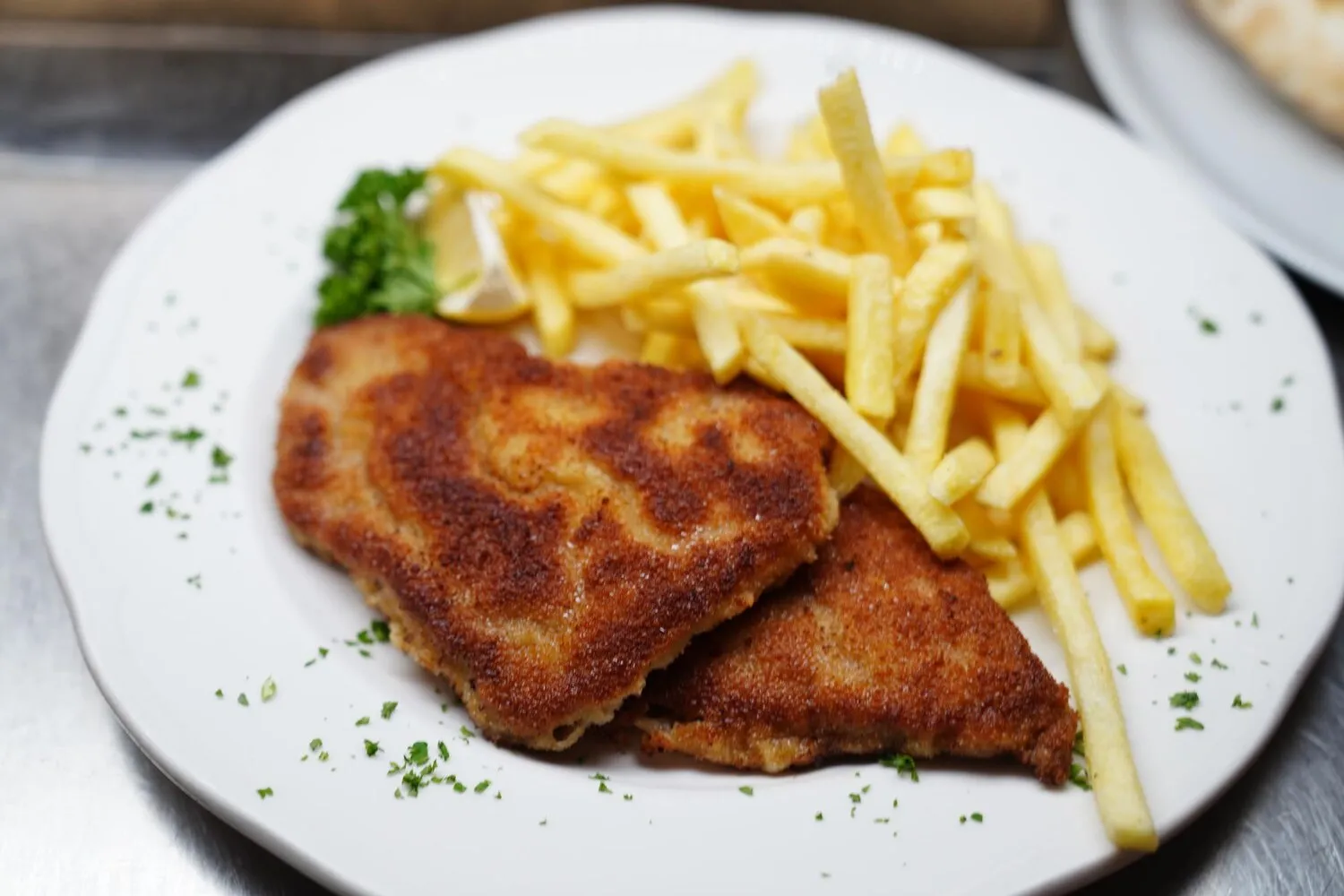
Wild zwijn rugfilet
Wild boar tenderloin (translated).
Nutrition Facts
* The % Daily Value (DV) tells you how much a nutrient in a serving of food contributes to a daily diet. 2,000 calories a day is used for general nutrition advice.
Wild boar has been a staple in European cuisine since prehistoric times, hunted for sustenance and later, sport. Its preparation evolved from simple roasting over open fires to more refined techniques with the introduction of wine, herbs, and spices, reflecting the culinary advancements and regional preferences of various European cultures. It was often a prized dish served at feasts and celebrations, signifying wealth and status.
Wild boar tenderloin is often associated with hunting traditions, autumnal feasts, and regional celebrations. It represents a connection to nature and the bounty of the land.
Hunting Culture
The preparation and consumption of wild boar often celebrate successful hunts, reinforcing camaraderie and tradition amongst hunters. Hunting itself is deeply ingrained in the culture of many rural European regions.
Autumnal Feasts
Wild boar is a popular dish during the autumn months, coinciding with hunting season. It is often featured in seasonal menus and festive gatherings, symbolizing the abundance of the harvest season.
Regional Variations
The specific preparation and accompanying sauces/sides vary significantly by region. For example, in Germany, it might be served with a rich dark beer gravy, while in France, it could be paired with a delicate red wine reduction and seasonal vegetables.
Symbol of Status
Historically, serving wild boar, especially the tenderloin, signified wealth and status as it was a prized game meat reserved for special occasions and the upper classes.
Wild boar tenderloin offers a rich, gamey flavor that is both earthy and subtly sweet, especially when balanced with complementary ingredients.
The primary flavor is distinctly gamey, less intense than other cuts of wild boar but still offering a robust taste. The meat itself has a slightly sweet undertone. Common flavor additions include juniper berries (providing a piney, slightly bitter note), thyme (earthy and aromatic), rosemary (pine-like and resinous), red wine (adds depth and fruitiness), garlic (pungent and savory), and often a touch of acidity from vinegar or lemon juice to brighten the flavors. The richness is often balanced by serving with fruits like apples, pears, or cranberries.
Marinating is Key
Marinating the tenderloin for several hours (or even overnight) in a mixture of red wine, herbs, and spices helps to tenderize the meat and infuse it with flavor. The marinade should contain an acidic component (like wine vinegar or lemon juice) to further break down the muscle fibers.
Sear for Flavor
Before roasting or braising, sear the tenderloin on all sides to create a flavorful crust. This helps to lock in moisture and enhance the overall taste.
Don't Overcook
Wild boar tenderloin can become tough if overcooked. Use a meat thermometer to ensure it reaches an internal temperature of around 145-150°F (63-66°C) for medium-rare to medium. Let it rest for at least 10 minutes before slicing.
Consider Barding
Wrapping the tenderloin in bacon or prosciutto (barding) before cooking helps to keep it moist and adds a layer of fat that bastes the meat during cooking.
Explore additional European dishes and restaurants
Explore EuropeanDiscover top dining spots and culinary experiences in Bergen op Zoom.
Explore Bergen op ZoomLearn more about the food culture, restaurant scene, and culinary heritage of Netherlands.
Explore Netherlands